Glazing material is a simplification of the Transparent material aimed at facilitating rendering of large glass surfaces that are typical of architectural projects.
It has most of the features of the Transparent material but settings are independent of the glass thickness and some non-physical settings are allowed for artistic purposes.
It also does not refract, so light goes straight through it. For architectural glass surfaces this simplification does not really affect the rendered result, but if applied to other solid shapes it will look unrealistic.
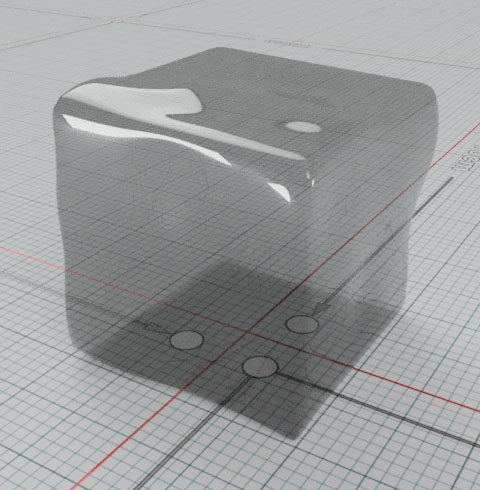 Glazing on a solid object. Note how the transmission color is constant and there is no refraction. |
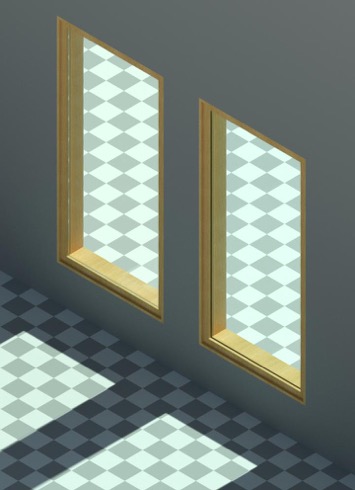 A solid glass (left) window compared to a more efficient glazing one (right) |
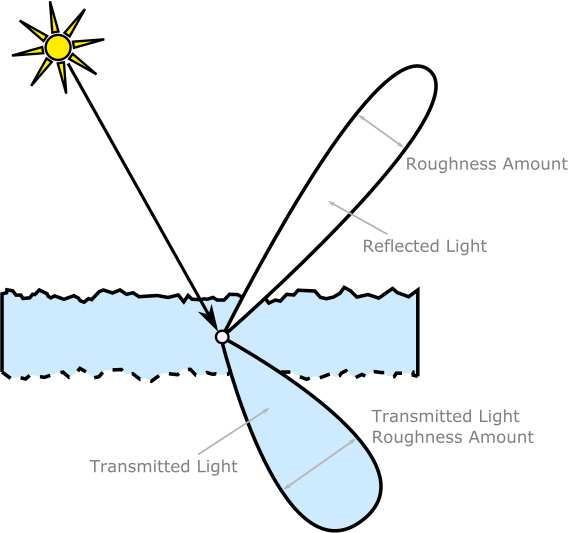
While a solid glass can always be used where a glass panel is needed, Glazing provides a better, more performing option in some cases where things need to be tweaked to a specific look.
Glazing applied to a thick solid object like a glass vase or statue will not have any refraction or internal reflection. For such objects a Transparent material is necessary.
Glazing is not always physically correct and allows the user to set parameters for pure cosmetic effects.
Glazing Material Specific Parameters
- Transmissive Color
- Like for regular transparent materials, this is the color the light assumes when passing through the material. But unlike for transparent materials, the color is the same no matter what the thickness of the object.
-
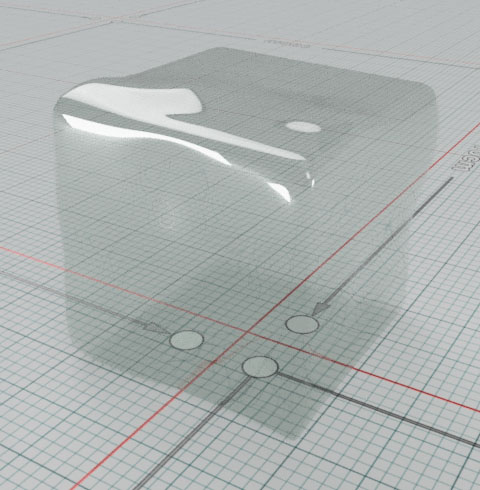
Green
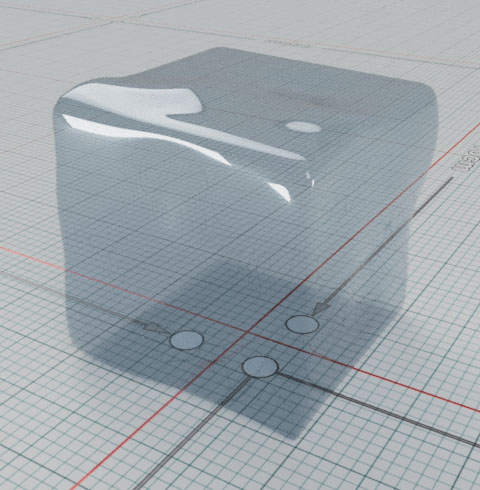
Blue
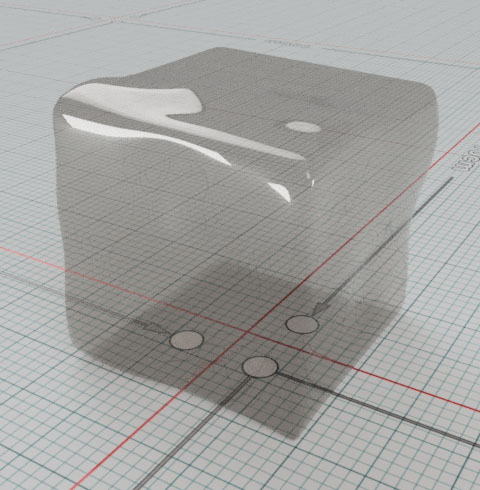
Bronze
- Visible Transmittance
- This value is calculated and is the total amount of light that passes through the material. It depends on the Transmissive color but it’s a single value and can be used to match for example what windows manufacturers report for their products.
- If a manufacturer says that a window transmits 0.75 (or 75%) of the light, you can adjust the Transmissive color to match whatever color the window looks like, and then adjust the color brightness until this value matches the 0.75 transmittance specification.
-

Low transmittance, high reflectivity glazing
- Transmissive Roughness
- This is a roughness that applies only to transmitted light. With this it’s possible to have a material that reflects like a glossy surface but transmits as a frosted glass.
- This can be used to reproduce glass panels that are frosted on one side but smooth glass on the other. The glazing material won’t be able to select which side is which and will always render the first surface as glossy and everything behind as frosted glass.
-
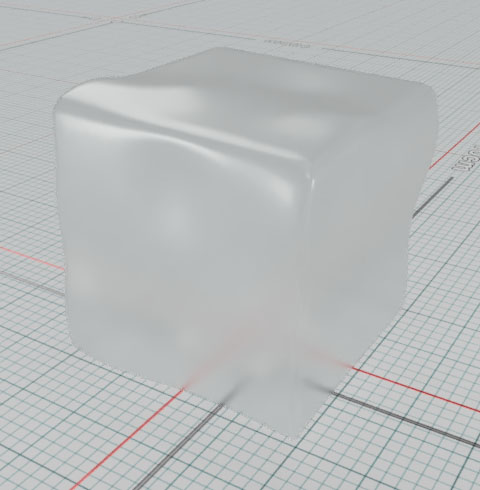
Frosted glass
- Reflective Color
- This value specifies the reflectivity of the front surface. Unlike regular glass, the reflectivity can be specified to be much higher to simulate metal coated surfaces. This parameter is independent from the transmission, allowing the user to create something that is not physically correct, but that can achieve specific looks for artistic reasons.
- For example, you can make a glass 50% reflective but not transmitting the remaining 50% of the light to hide the interior of an unfinished building.
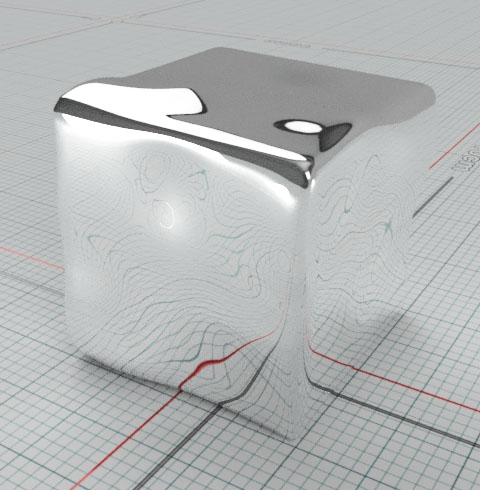
Very reflective glazing
- Backface Culling
- Glazing is meant to be used on thin panels of glass, and to simplify the process it only needs the front surface. This parameter forces the renderer to ignore the back side of the geometry where the material is applied.
- Not ignoring the back face will make the material darker or more reflective than what it was meant to be.
- This option should be left ON except in special cases.
-

With Backface Culling
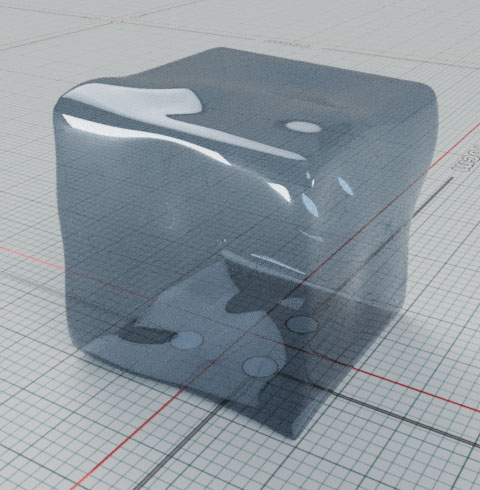
Without Backface Culling